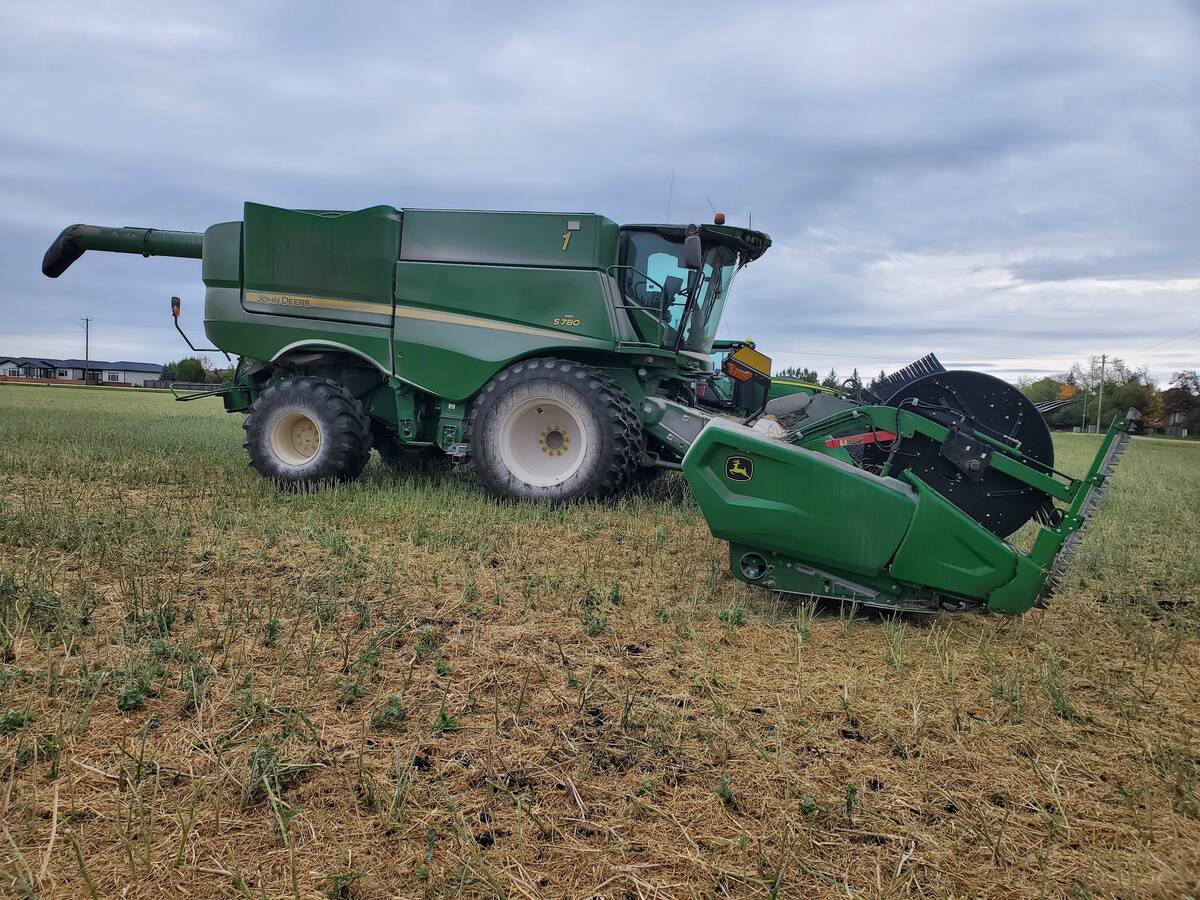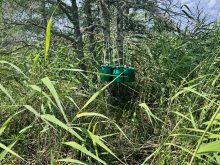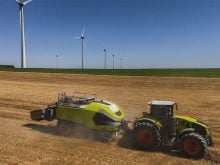Farmers should be aware of their choices when picking crop types and
varieties for use as annual greenfeed crops, say agronomists.
Glenn Barclay, an agronomist with Saskatchewan Agriculture in Biggar,
has seen many producers in his drought-damaged region choose to harvest
cereals as hay.
He said any cereal variety that produces superior grain yields is
likely to give good forage yields.
Results from a two-year trial in west-central Saskatchewan from 2000
showed Brier, a smooth awn, six-row feed barley, substantially
Read Also

Powdery mildew can be combine fire risk
Dust from powdery mildew can cause fires in combines.
outperformed other barleys, oats, wheat and pea blends as a greenfeed
crop under dry conditions.
Brier produced the highest greenfeed yield, at an average 3.9 tonnes
per acre, over two years of the study at Harris and Davidson, Sask.,
representing brown and dark brown soils.
The quality of the crop as a feed was also higher than other crops
tested. It produced the most dry matter, protein and digestible
nutrients per acre.
In addition, barley can be harvested later than some other annual
greenfeed crops at a soft dough stage.
In the 1999 year of the test, oats produced more dry matter per acre
but it was felt by researchers that this was the result of higher
rainfall.
Barclay agrees with those results.
“In a wet year, oats will blow barley out the water. In a drought, we
have found it is the other way around. So far this year it appears a
lot of producers might be looking at barley.”
Oats provides its greatest greenfeed benefit when harvested at the milk
stage.
Triticale also has some greenfeed potential, but less than oats. Its
rough awns may be a problem for feeder animals.
Studies at Agriculture Canada’s Melfort, Sask., research centre have
shown that heifers preferred barley to the triticale.
Barclay said producers intending to harvest their cereals as forage
should avoid varieties with rough awns.
“They can check their seed guide. It will tell them about awn types for
each variety.”
Wheat should be harvested at a soft dough stage while rye should be
harvested at a soft milk stage.
Peas grown as an intercrop can significantly improve the protein
profile of the feed, but may reduce yields, according to Manitoba
Agriculture.
“It can be a great way to provide a high quality feed for lactating
dairy animals and for other high protein feeding. But we’ve found it
cuts into overall yield and a crop of cereals is still the best, unless
you have specific needs,” said Don Green of the Manitoba department.
Barclay said peas can be effective but producers should choose small
seeded varieties.
Seeding peas at 60 pounds per acre with 35 lb. of oats or 45 lb. of
barley can increase the protein content three to four percent over oats
or barley alone, according to research at North Dakota State University.
Green said it doesn’t matter what is being sown, early seeding, “like
with grain”, is still the secret to higher yields.
















